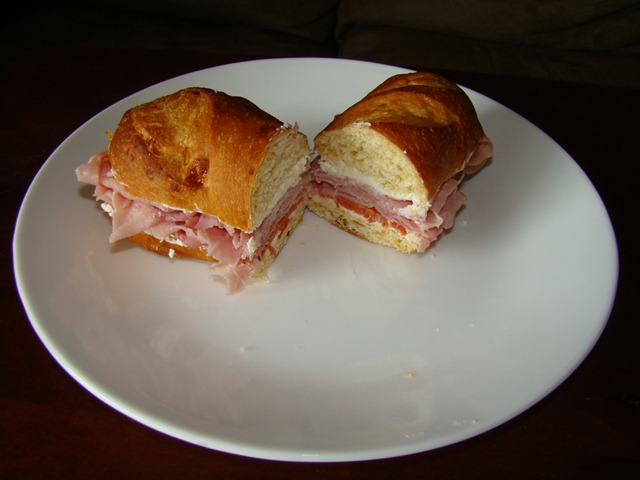In an undergrad philosophy class on problems in ethical theory, taught by libertarian James Stacey Taylor (who introduced me to the IHS), we were required to write 300-words-or-less summaries of each chapter of the philosophy books we were reading. It’s not easy summarizing 10-30 pages of academic philosophy into 300 words or less, and such summaries are not good vehicles for debates, but it was good exercise in learning how to identify what’s essential and what’s not as well as how to write concisely. Anyway, here is my summary from that class of Christine Korsgaard‘s entire book, The Sources of Normativity. I can’t remember what the word-count limit was for this, but the summary is only 661 words. Korsgaard is a very prominent modern Kantian. Needless to say, I don’t buy into the Kantian paradigm; but my disagreements are not on display in this summary.
Korsgaard’s Sources of Normativity
PDF Version
In laying out her theory for the source of normativity, Christine Korsgaard attempts to be inclusive by integrating her own variations on voluntarism, realism, reflective endorsement, and appeal to autonomy. Korsgaard’s theory culminates in her account of practical identity and the value of one’s humanity. The result purports to be an objective and universal theory of meta-ethics.
Korsgaard’s goal is to show that we do have moral obligations irrespective of our individual desires. As reflective beings, we must reflexively endorse a desire if it is to be considered a reason to act. Korsgaard turns inward the voluntarist formulation of legislator and citizen, positing the thinking self and acting self as our double nature. The thinking self has the power to command the acting self.
Human beings must act under the idea of free will. To be autonomous, however, one cannot merely follow one’s desires; one must have a goal and one must have a reason to reach that goal. The reason cannot be imposed by an external source. Autonomy requires self-imposed laws, which cannot be picked arbitrarily.
The Categorical Imperative tells us to act only on a maxim that can be consistently willed into a universal law. A good maxim is an intrinsically normative entity. Korsgaard avoids the trap of substantive moral realism by arguing that we have no need for recourse to intuition if we can show something’s intrinsic properties make it a final good. We can do this with a maxim, for it has the form of a law by virtue of its intrinsic properties, and it is this that makes it a final reason for action. This is still procedural realism. Values are created through our legislative wills by the procedure of making laws for ourselves.
Korsgaard distinguishes the categorial imperative from the moral law, which “tells us to act only on maxims that all rational beings could agree to act on together in a workable cooperative system.” The former is the law of a free will, but the traditional Kantian argument does not establish the moral law as the law of a free will. Only a law that ranges over every rational being will be a moral law. It is our practical identities that guide us in our acquisition of moral law and the actions we take based on them. These laws are constrained by the Categorical Imperative.
Our practical identities give us reasons to act in one way rather than another. It is unthinkable to act contrary to our identity. When we are acting under volitional necessity, that is, when all actions but one are unthinkable then we are most autonomous. As autonomous reflective beings that act for reasons, we must value our practical identities. “It is the conceptions of ourselves that are most important to us that give rise to unconditional obligations. For to violate them is to lose your integrity and so your identity, and to no longer be who you are.” If we value our practical identities then we must also value our humanity, for it is our humanity that makes our practical identities possible. It is here, in the Self, that Korsgaard locates the source of normativity.
Like some realists, Korsgaard holds that reasons are intrinsically normative entities. However, she rejects the commonly held belief that reasons are private, and that one can derive public reasons from private reasons. Taking a cue from Wittgenstein’s public language argument, she argues that if private reasons existed then they would be incommunicable to others. A private reason would be a reason only for X, whereas public reasons are reasons for all agents relatively similar to X. Reasons are inherently public. Since human beings have only reasons that can be shared, if we value our own humanity we must recognize that we share that humanity with others and so must value the humanity of others as well. To do otherwise would constitute a failure to be consistent. Herein lies our moral obligations to others.

